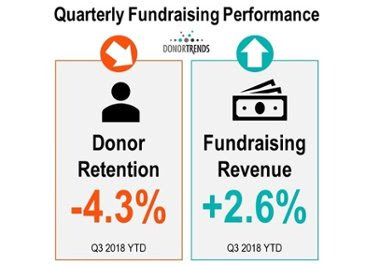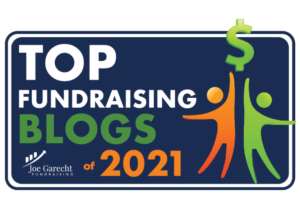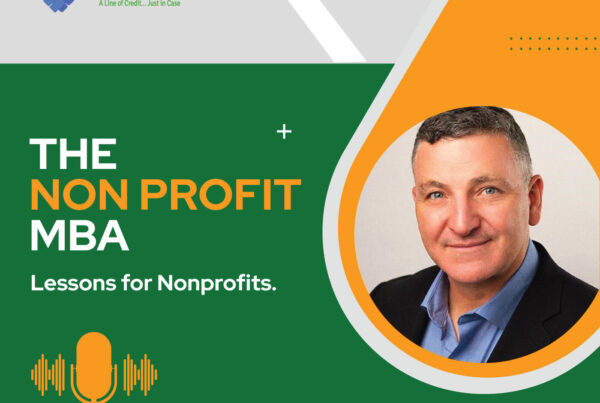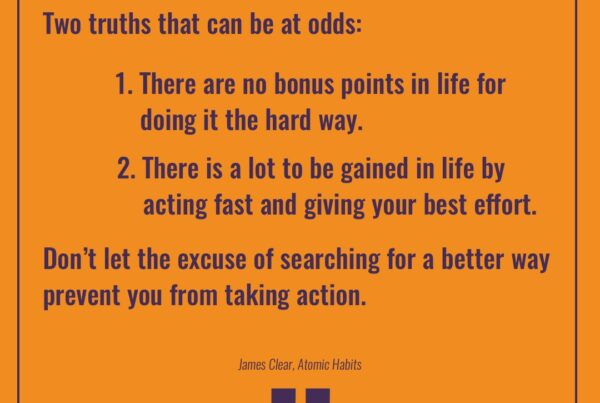Gifts are coming in online and through the mail. Facebook friends are spontaneously raising money for your organization. I invite, no strongly recommend, you pay attention to your donors. People’s lives depend on it.
According to the recently released Fundraising Effectiveness Project Quarterly report even though revenue is up, retention is still down.
• Only 4.6 out of 10 new donors continue to give.
• For every one donor you recapture, four donors are needed to offset the attrition
With stats like that. . .
Now is the time to learn more about the generous people who’ve given you money, especially your new donors.
Take time, now, to know who your supporters are and communicate with them about how their gift is making an impact.
When I work closely with a development team I always ask the board and the staff:
1. Who knows the names and gift size of your top 25 donors?
2. Who knows the names and gift size of people who gave this week/this month?
I’m usually disappointed no one does. Not even the fundraising staff.
On Twitter, my colleague and friend Steven Shattuck from Bloomerang recently posted this excellent list of people to pay attention to from #GivingTuesday – a list that’s relevant all year-long.

In order to cause people to give again, we actually have to know who they are AND cause them to feel great about what they just did.
3 Key Actions to Take
1. Calculate your retention and acquisition rate and keep an eye on it all year-long. Research shows that the average nonprofit in the U.S. loses 77% of donors after their 1st gift.
2. Make a quick thank you call to first-time donors. When this is done by a non-staffer (board member or volunteer) within 48 hours of giving, Penelope Burk tells us (and Chuck Longfield confirmed) you can increase gift size by up to 39% and extend giving at least 2 years.
3. Share mission moment stories about one person AND your funding gap update regularly – all year long. Telling the story of one vs. many will help you increase your individual donor fundraising.








Great, GREAT post Lori! Loving on your donors is so important #GivingTuesday AND all year long. Thank you for the insightful reminder.
Agreed, Natalie! Thanks for all the excellent tools & content you folks at Bloomerang provide.